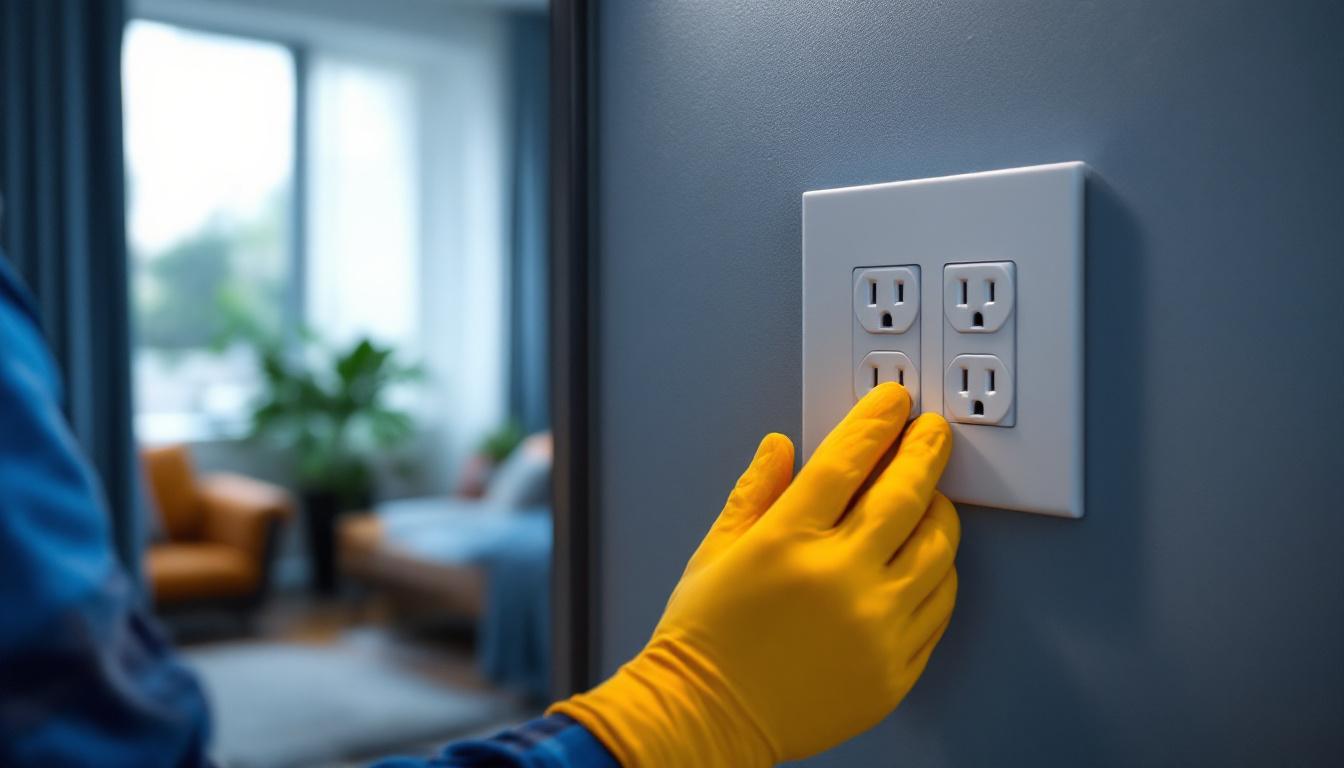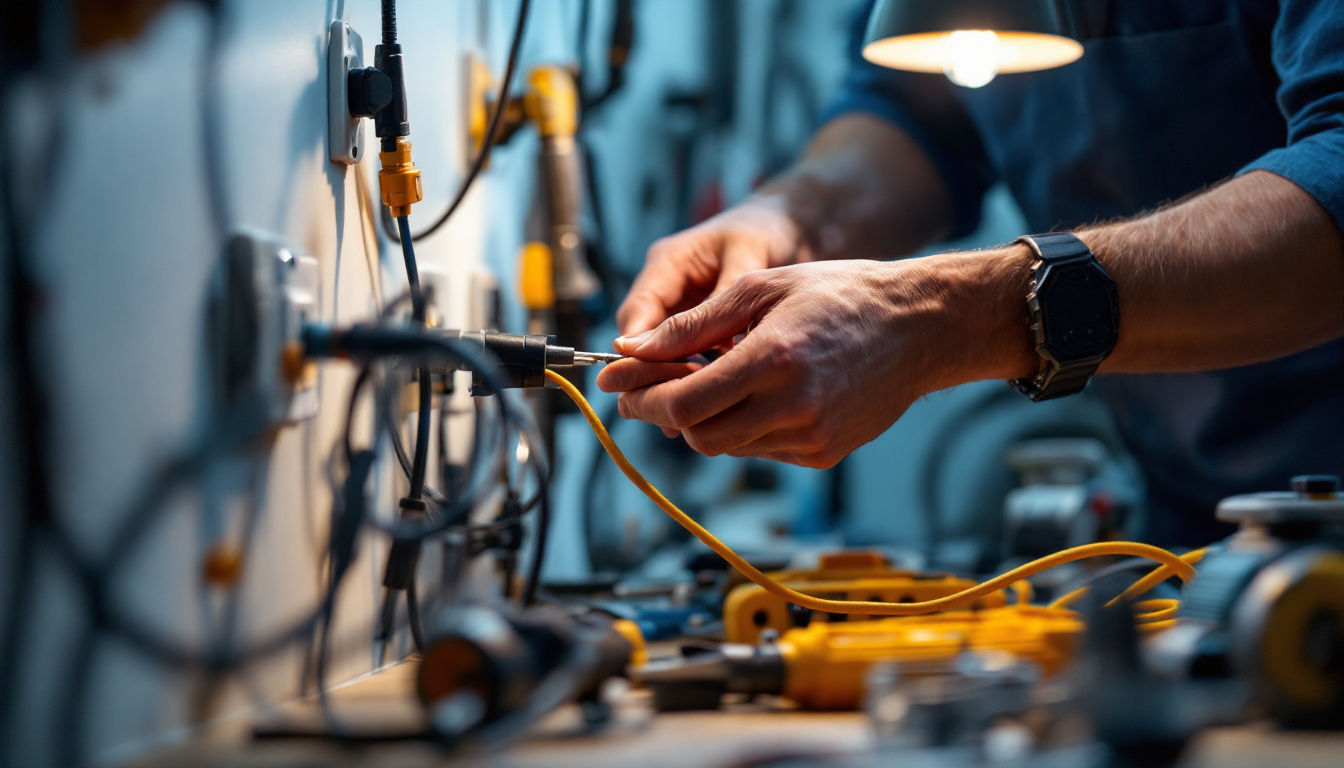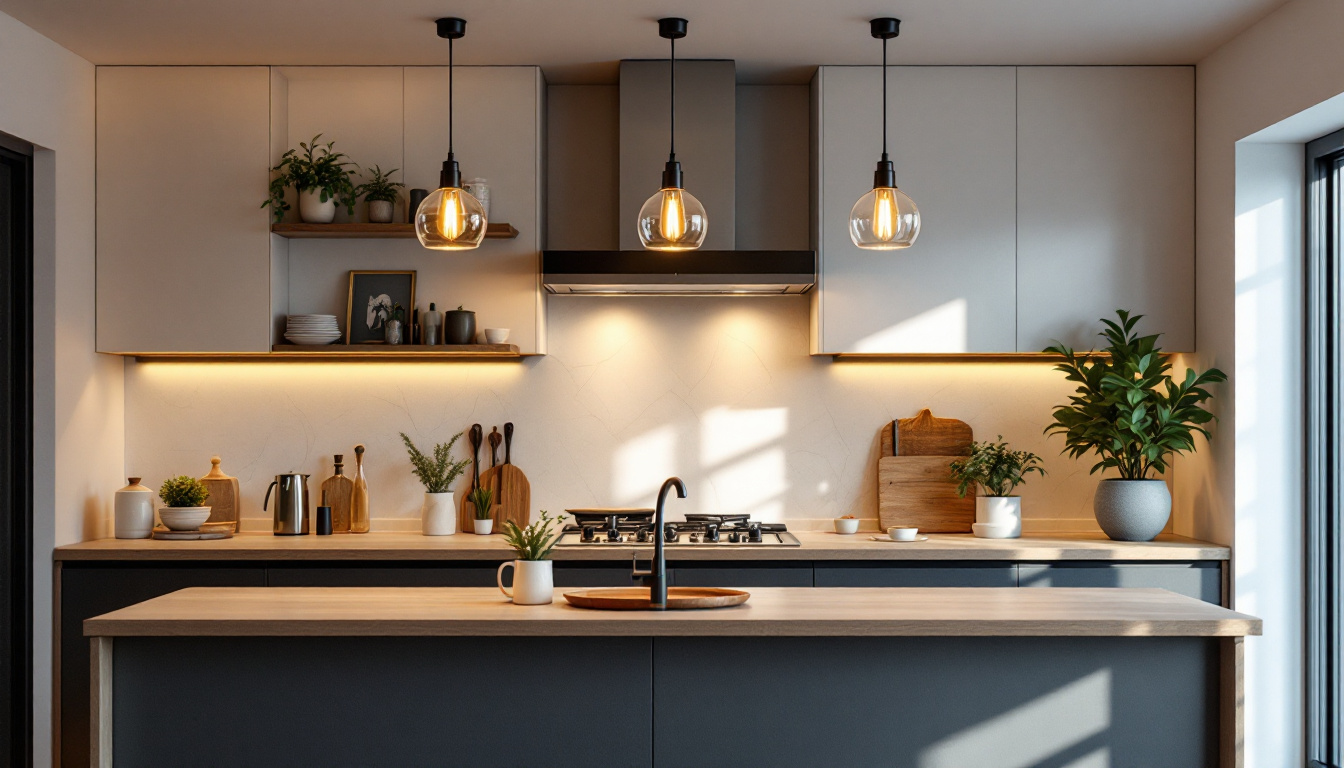
In the world of electrical installations, the duplex wall outlet is a fundamental component that serves as a critical link between electrical power and lighting fixtures. For lighting contractors, understanding the best practices related to duplex outlets is essential for ensuring safety, efficiency, and customer satisfaction. This article explores various aspects of duplex wall outlets, including installation techniques, troubleshooting tips, and compliance with electrical codes.
Duplex wall outlets, commonly referred to as receptacles, are designed to provide power to multiple devices simultaneously. They typically feature two sockets and can accommodate standard plugs used in residential and commercial settings. Recognizing the importance of these outlets is crucial for lighting contractors, as they often serve as the primary power source for lighting systems. In addition to their functional role, duplex outlets also contribute to the overall aesthetics of a space, as they can be found in various colors and styles to match different interior designs.
There are several types of duplex outlets available, each designed for specific applications. Standard outlets are the most common, but there are also GFCI (Ground Fault Circuit Interrupter) and AFCI (Arc Fault Circuit Interrupter) outlets that offer additional safety features. GFCI outlets are particularly important in areas prone to moisture, such as kitchens and bathrooms, where the risk of electrical shock is heightened. Meanwhile, AFCI outlets are designed to prevent electrical fires caused by arc faults, making them essential in bedrooms and living areas. Moreover, there are also USB duplex outlets that integrate USB ports directly into the receptacle, catering to the growing need for charging mobile devices without the need for additional adapters.
When selecting duplex outlets for a project, several features should be taken into account. Look for outlets with a high amperage rating to ensure they can handle the load of the connected devices. Additionally, consider outlets with tamper-resistant designs, which provide an extra layer of safety, especially in homes with young children. These designs often include spring-loaded shutters that prevent foreign objects from being inserted into the outlet. Finally, ensure that the outlets are compatible with the local electrical codes. It’s also beneficial to choose outlets with built-in surge protection, which can safeguard sensitive electronics from voltage spikes caused by lightning or power surges, thereby extending the lifespan of devices connected to them. Furthermore, the installation of smart duplex outlets is becoming increasingly popular, allowing homeowners to control their power usage remotely and monitor energy consumption through smartphone applications.
Proper installation of duplex wall outlets is crucial for the safety and functionality of any electrical system. Lighting contractors must adhere to best practices to ensure that installations meet both client expectations and regulatory standards.
Before beginning the installation process, it is essential to gather the necessary tools and materials. Standard tools include a voltage tester, wire strippers, screwdrivers, and a drill. Additionally, contractors should have the appropriate duplex outlets, electrical boxes, and wiring materials on hand. Using high-quality components can significantly reduce the likelihood of future issues. It is also wise to have a flashlight or work light available, as some installation sites may have inadequate lighting, making it difficult to see the wiring clearly. Furthermore, wearing safety goggles is recommended to protect your eyes from any debris that may arise during the installation process.
When wiring duplex outlets, it is important to follow the correct techniques to ensure a safe and reliable connection. Begin by turning off the power at the circuit breaker and using a voltage tester to confirm that the outlet is de-energized. Strip the insulation from the wires and connect them to the outlet according to the manufacturer’s instructions. Typically, the black (hot) wire connects to the brass screw, the white (neutral) wire connects to the silver screw, and the green or bare (ground) wire connects to the green screw. Additionally, it is advisable to use wire nuts or electrical tape to secure any exposed wire connections, providing an extra layer of safety against accidental contact and potential short circuits. Always double-check your connections before proceeding to the next step to ensure that everything is correctly installed.
Once the wiring is complete, the next step is to mount the duplex outlet securely in the electrical box. Ensure that the outlet is level and flush with the wall surface to provide a clean and professional appearance. Use screws to secure the outlet to the box, and install a cover plate to protect the wiring and enhance safety. Proper mounting not only improves aesthetics but also prevents damage to the outlet over time. It’s also worth considering the location of the outlet; placing it at a height that is convenient for users can greatly enhance functionality. For instance, outlets installed in living rooms or bedrooms should be easily accessible, while those in kitchens may need to be positioned higher to accommodate countertops. Additionally, when installing multiple outlets in a row, maintaining consistent spacing and alignment can contribute to a more polished and organized look in the finished space.
Compliance with local electrical codes is a critical aspect of any electrical installation. Lighting contractors must stay informed about the codes that govern duplex outlet installations to avoid potential legal issues and ensure the safety of their work. Understanding these regulations not only protects the contractor but also provides peace of mind to clients who expect their installations to meet safety standards.
The National Electrical Code (NEC) provides comprehensive guidelines for electrical installations, including duplex outlets. Contractors should familiarize themselves with the NEC requirements related to outlet placement, spacing, and circuit protection. For example, the NEC mandates that outlets be installed in specific locations, such as within a certain distance of kitchen countertops and in bathrooms. Additionally, the NEC emphasizes the importance of using GFCI (Ground Fault Circuit Interrupter) outlets in areas prone to moisture, such as kitchens and bathrooms, to prevent electrical shock hazards. This requirement highlights the NEC’s commitment to enhancing safety in residential and commercial buildings.
In addition to the NEC, local jurisdictions may have specific amendments or regulations that affect duplex outlet installations. It is essential for lighting contractors to consult local building departments or electrical inspectors to ensure compliance with these additional requirements. Failure to adhere to local codes can result in fines, project delays, or even safety hazards. Local codes may also dictate the number of outlets required in certain areas of a home, such as living rooms or bedrooms, ensuring that homeowners have adequate access to power without the risk of overloading circuits. Furthermore, some municipalities may have unique provisions for energy efficiency, encouraging the use of energy-saving devices and smart technology in electrical installations.
Even with proper installation, duplex wall outlets may encounter issues over time. Understanding common problems and their solutions can help lighting contractors address client concerns promptly and effectively.
One of the most common issues with duplex outlets is a lack of power. If an outlet is not functioning, the first step is to check the circuit breaker to ensure it has not tripped. If the breaker is intact, using a voltage tester can help identify whether the outlet is receiving power. If the outlet is dead, it may indicate a wiring issue or a faulty outlet that requires replacement.
Loose connections can lead to intermittent power or overheating, posing a safety risk. If an outlet feels warm to the touch or if devices connected to it are not functioning properly, it is essential to inspect the connections. Tightening the screws on the outlet and ensuring that the wires are securely connected can often resolve these issues. If problems persist, replacing the outlet may be necessary.
Physical damage to duplex outlets can occur due to wear and tear or external factors. Cracked or broken outlets should be replaced immediately to prevent electrical hazards. Additionally, contractors should educate clients about the importance of not overloading outlets, as this can lead to damage and potential fire risks.
Providing exceptional service is key to building a successful lighting contracting business. By following best practices for duplex wall outlets, contractors can enhance customer satisfaction and foster long-term relationships with clients.
Educating clients about the importance of duplex outlets and their proper use can empower them to make informed decisions regarding their electrical systems. Providing information on load limits, safety features, and maintenance tips can help clients understand the value of quality installations. This knowledge not only enhances their experience but also positions the contractor as a trusted expert in the field.
In addition to installation, offering maintenance services for duplex outlets can provide added value to clients. Regular inspections and preventative maintenance can identify potential issues before they become significant problems. By proactively addressing maintenance, contractors can enhance the longevity of the electrical systems they install, leading to increased customer satisfaction and repeat business.
Duplex wall outlets are a vital component of any electrical installation, particularly in lighting applications. By adhering to best practices regarding installation, compliance with electrical codes, and effective troubleshooting, lighting contractors can ensure the safety and efficiency of their work. Furthermore, by focusing on customer education and maintenance services, contractors can build lasting relationships with clients and enhance their business reputation. Ultimately, a commitment to quality and safety will set successful lighting contractors apart in a competitive industry.
Ready to elevate your lighting projects with the highest quality duplex wall outlets and more? Look no further than LumenWholesale, where we offer an extensive selection of spec-grade lighting products at unbeatable wholesale prices. Say goodbye to inflated markups and hello to superior lighting solutions that meet the highest industry standards. With our commitment to affordability and convenience, you’ll enjoy free shipping on bulk orders, ensuring you get the best value without any hidden fees. Make your next project shine with reliability and high performance by choosing Wholesale Lighting at the Best Value from LumenWholesale.

Discover the essentials of 120V plug wiring and why it’s a must-know for every lighting contractor.

Discover how kitchen modern pendant lights can transform your space with style and efficiency.

Discover how strategic lighting installations can boost your home’s value and energy efficiency.

Discover how smart timers for outdoor lights are revolutionizing the work of lighting contractors by enhancing efficiency and energy savings.